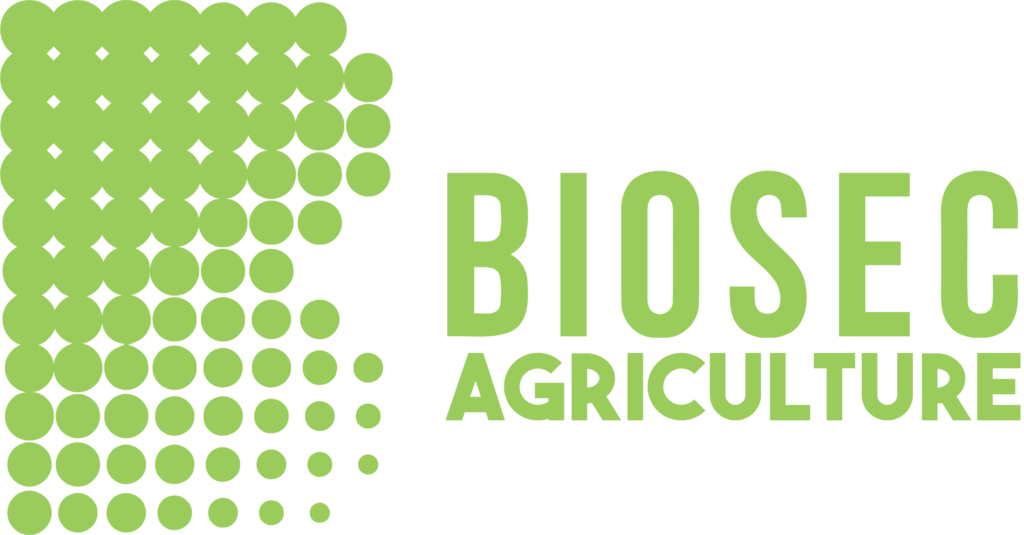Agriculture Applications
Organic micronutrients
proprietary plant-based blend
of organic micronutrients
Animal friendly technology that will stop lagoon
and wastewater odor complaints, reduce mortality
rates, and improve animal yields.
WHAT IS BIOLOGIC™?
BIOLOGIC™ SR2 is a proprietary plant-based blend of organic micronutrients that stimulates
specific aerobic, anaerobic and facultative bacteria species causing competitive inhibition of
sulphur reducing bacteria.
WHAT DOES BIOLOGIC™ DO?
BIOLOGIC™ SR2 is a proprietary plant-based blend of organic micronutrients that stimulates
specific aerobic, anaerobic and facultative bacteria species causing competitive inhibition of
sulphur reducing bacteria.
BIOLOGIC™ ON THE FARM
- Odor control of manure storage structures
- Increase decomposition in composting
- Reduce solids in manure storage
- Increase methane production
- Control mortality compost odor
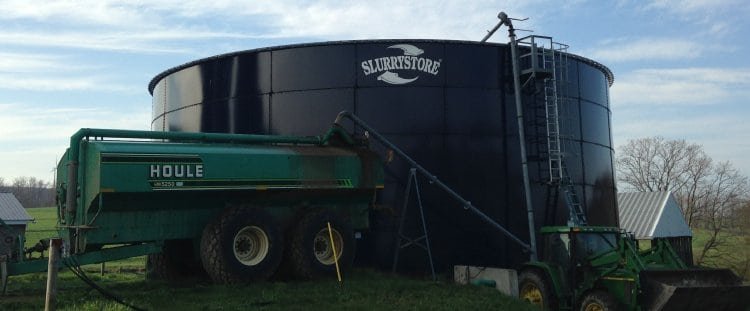

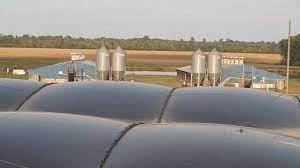
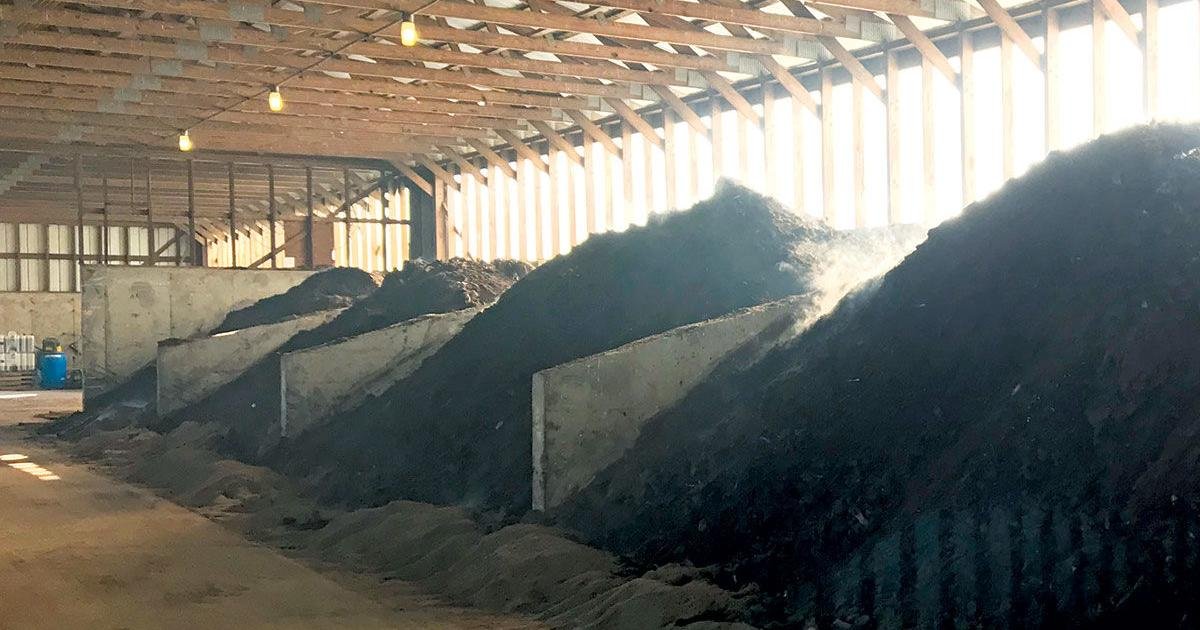
livestock waste
Challenges
- High ammonia/H2S Levels
- Substantially reduce manure solids
- Solid acumulation in pits/lagoons
- Order Complaints from neighbors/Workers
- Regulatory fines/enforcement
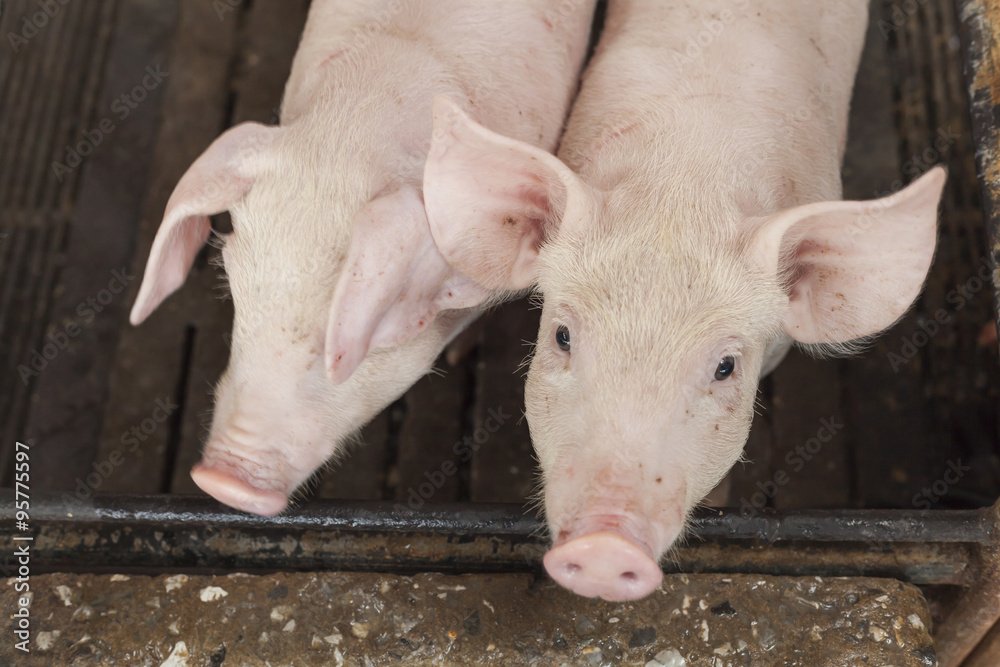
HOW DOES BIOLOGIC™ WORK?
At low concentrations between (1-100 parts per million) it significantly boosts the activity of methane
producing bacteria that operate in aerobic, anaerobic, and facilitative environments.
PROVEN TO INHIBIT H2S AND AMMONIA FORMATION
- The key mechanism of prevention of H2S formation is expected to be as a result of competitive inhibition.
- Blocks the activity of the enzyme urease (a necessary part of the ammonia formation process).
- When misted into the air, it complexes with odor causing H2S, mercaptan and ammonia molecules, instantly removing odor from the air.
Significantly reduces the biomass that is generated
because the facultative bacteria are able to convert a much
larger portion of it to carbon dioxide and other gases instead
of the aerobic bacteria converting it to biomass
Improves the activated sludge process. The inner portion of a microbial floC becomes a localized
anoxic/anaerobic environment because the oxygen is stripped from the wastewater by the outer
aerobic zones of the floc. Under typical conditions, the bacteria in the inner regions of the floc do
not efficiently contribute to breakdown of the wastewater.
Improves the activated sludge process. The inner portion of a microbial floC becomes a localized
anoxic/anaerobic environment because the oxygen is stripped from the wastewater by the outer
aerobic zones of the floc. Under typical conditions, the bacteria in the inner regions of the floc do
not efficiently contribute to breakdown of the wastewater.
Stimulates the facultative and anaerobic bacterial
populations of the inner portions of the flocs to more
actively feed on the acetic acid in the wastewater. As a
result, a higher percentage of the organic load is consumed
by the facultative anaerobes and a lower percentage by the
aerobes. This has the effect of significantly reducing the
oxygen demand of the aerobic bacteria.
Significantly reduces the biomass that is generated
because the facultative bacteria are able to convert a much
larger portion of it to carbon dioxide and other gases instead
of the aerobic bacteria converting it to biomass
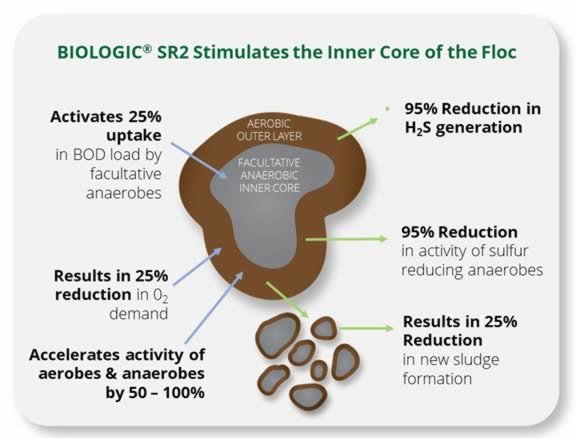
Success
- Significantly reduces H2S/ammonia levels in barns pits and lagoons
- Reduces piglet mortality
- Increases farm profitability
- Eliminates odor complaints from neighbors/workers caused by land applications
- Avoid fines/enforcements
- improves nitrogen content in manure
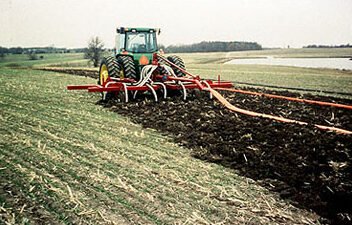
- Apply BIOLOGIC SR2 in barns, pits and lagoons
- Apply to manure pits prior to/during land application

